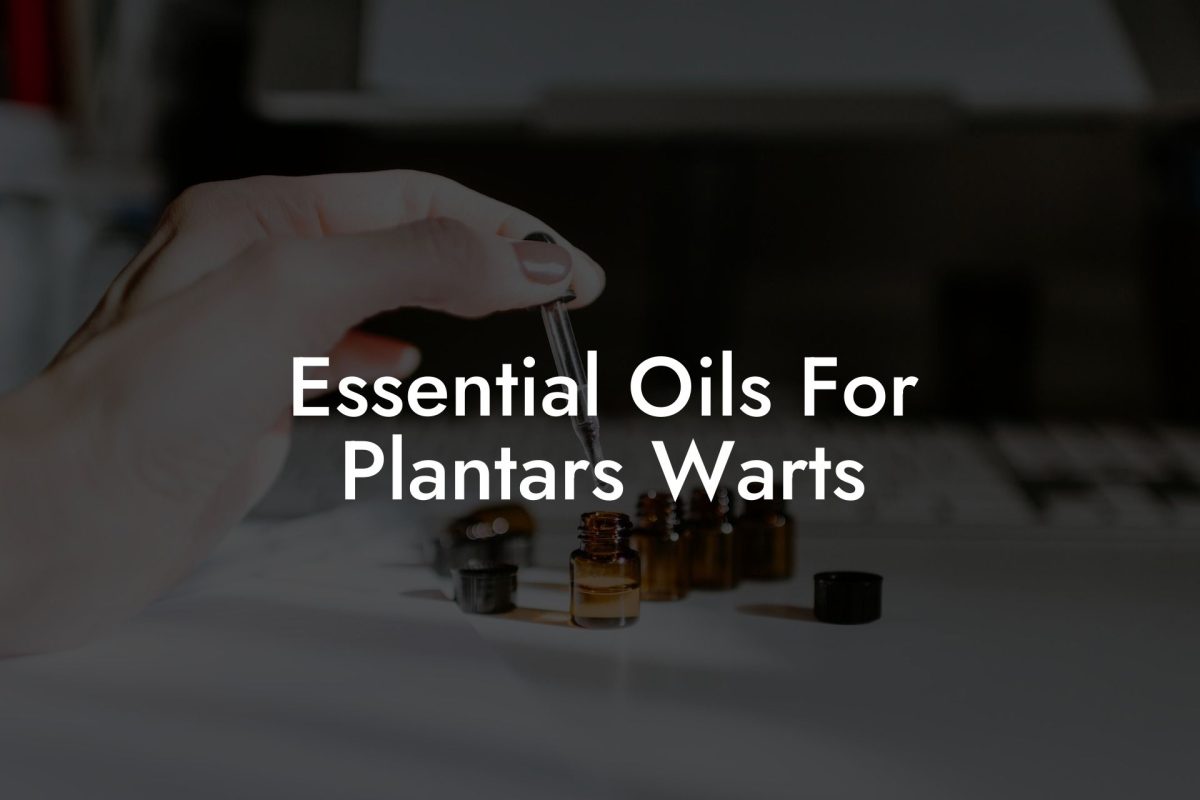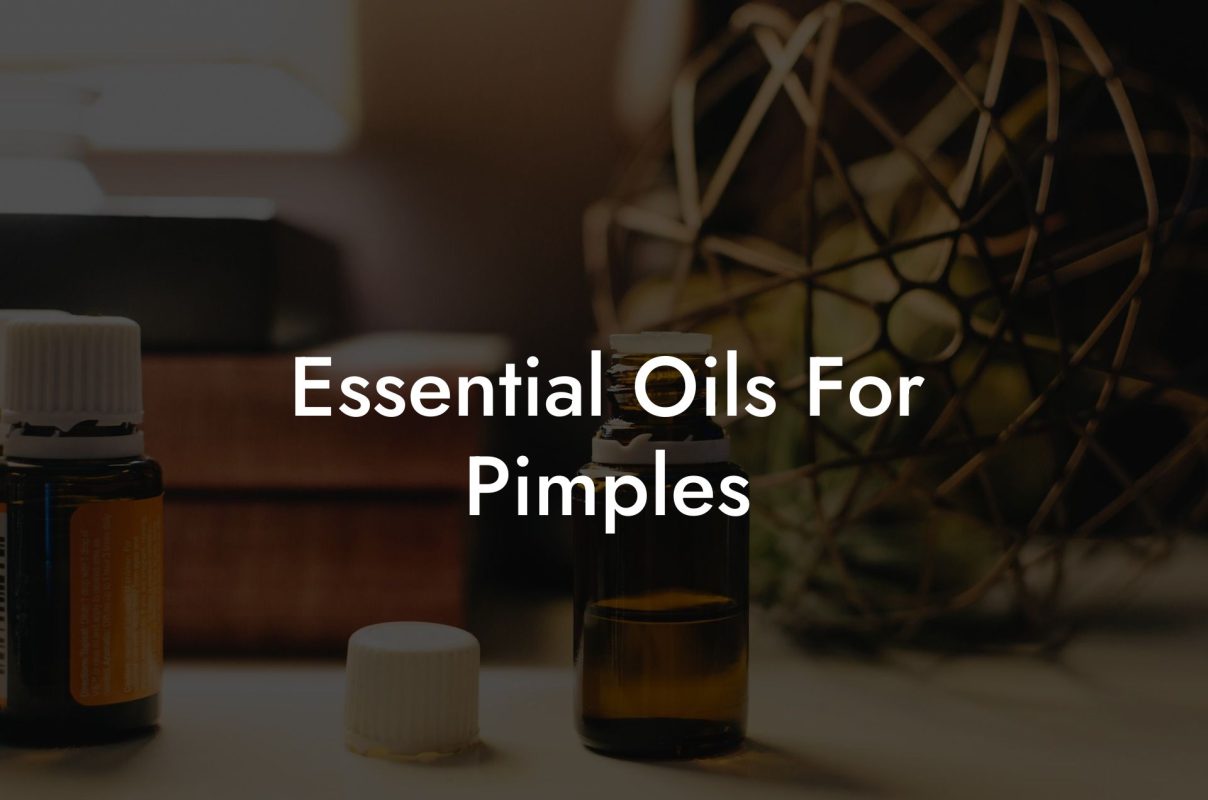Creating your own perfume with essential oils is a journey of discovery, creativity, and personal expression. It’s a fantastic way to dive into the world of aromatherapy and experience the benefits of essential oils in their purest form and tailored to your unique preferences. In this guide, we’ll explore the art of making perfume with essential oils, learn about the best blending techniques, and provide you with a realistic example to help you create your signature scent.
Table of Contents
Understanding Essential Oils
Essential oils are highly concentrated, natural extracts derived from plants. They have been used for centuries in perfumery, medicine, and aromatherapy for their various therapeutic properties, such as promoting relaxation, improving mood, or energizing the mind and body. It’s important to choose high-quality, pure essential oils for your perfume to ensure the best results and safety.
Selecting Your Essential Oils
When choosing essential oils for your perfume, consider your scent preferences and what aromatherapeutic qualities you’d like to experience. Some popular oils for perfume include:
– Lavender: Relaxing, soothing, and floral
– Rose: Romantic, calming, and floral
– Bergamot: Uplifting, citrusy, and fresh
– Jasmine: Sensual, sweet, and floral
– Sandalwood: Grounding, warm, and woodsy
The Art of Blending
Blending essential oils is an art form and is the secret to creating a beautiful and harmonious perfume. It’s essential to understand the different fragrance notes and how they work together in a blend.
Fragrance Notes
Perfumes are made up of three main types of notes:
1. Top notes are the initial impression of the perfume and evaporate quickly. These are usually light, fresh, and uplifting scents like citrus or herbal oils.
2. Heart (or middle) notes are the main body of the fragrance and have a more balanced evaporation rate. Common heart notes are floral, fruity, or spicy oils.
3. Base notes are the foundation of the perfume, providing depth and lasting power. These oils tend to be heavier, woodsy, or resinous scents.
By understanding these notes, you can create a balanced and harmonious blend for your perfume.
Blending Techniques
Start by choosing essential oils for each note category – top, heart, and base. Then, begin blending by following these steps:
- Start with a small number of drops for each oil, and note the ratio – this will help you recreate the blend if you love it.
- Allow your blend to sit for a few hours or even days to let the oils meld together.
- When you’re ready to test your creation, dilute a few drops of the blend in a carrier oil (like jojoba or sweet almond oil) and apply it to your skin – this is important for safety and helps prevent any potential irritation.
- Take notes on how the scent develops, how you feel, and make adjustments to your blend as needed.
How To Make Perfume With Essential Oils Example:
Let’s create a floral and uplifting perfume blend, using bergamot as a top note, jasmine as a heart note, and sandalwood as a base note. Here’s how:
1. In a small glass container, add two drops of bergamot, four drops of jasmine, and two drops of sandalwood.
2. Allow the blend to rest for a few hours or days.
3. To test the perfume, dilute a few drops in a carrier oil and apply it to your skin.
4. Observe the scent development and how it makes you feel. Adjust the blend if necessary and enjoy your new signature scent!
Crafting your perfume with essential oils offers a world of possibilities to express your individuality and enjoy the benefits of aromatherapy. Share your newfound knowledge with friends and family, and explore the art of blending together – each one-of-a-kind perfume creation can spark joy, inspiration, and connection. And don’t forget to browse the Oshu Oils blog for more in-depth guides and resources on essential oils, as well as exploring our range of artisan essential earth oils to create your perfumed masterpiece. Happy blending!





















